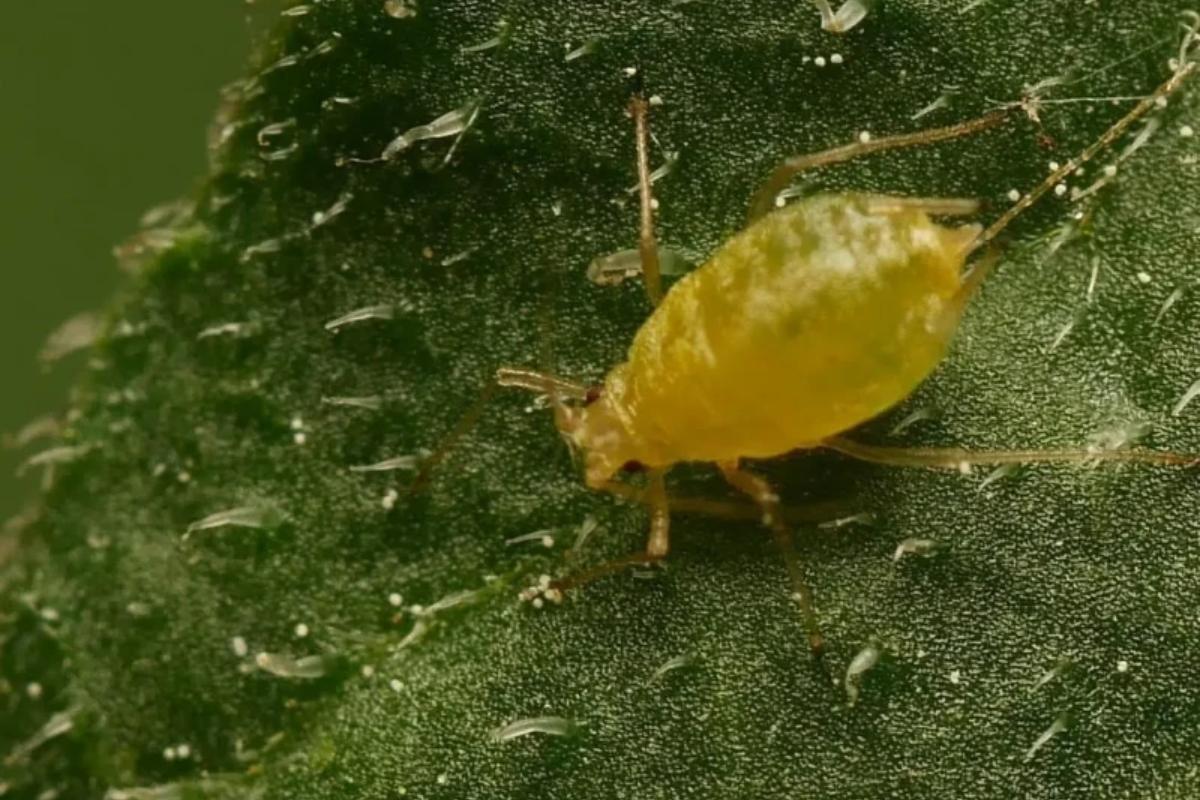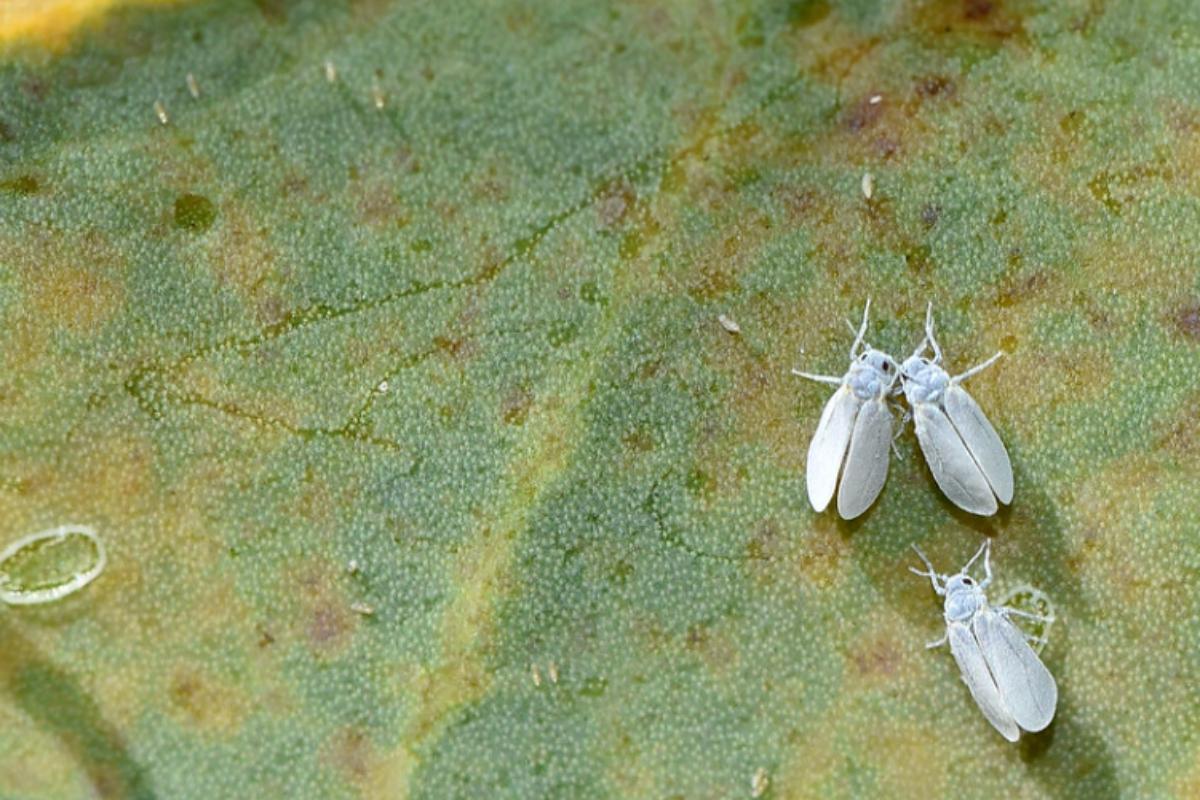Is Your Aloe Vera Sick? - Causes and Solutions


Is your aloe vera looking less vibrant than usual? Aloe vera is known for being a fairly resilient plant, but it's not completely resistant to everything. It can be susceptible to certain diseases and pests, especially if not cared for properly. By identifying the cause, you can unlock the right solutions and get your aloe vera back on the path to health.
In this article by thedailyECO, we explore the most common reasons why your aloe vera might be sick and effective treatments for them.
Leaf spot disease
Have you noticed unsightly brown spots marring the once vibrant leaves of your aloe vera plant? It can be a sign of leaf spot disease, a condition caused by various fungal or bacterial pathogens. This disease can be quite aggressive, it can progress rapidly, potentially harming or killing the plant in a matter of weeks.
These invaders thrive in moist environments and can spread rapidly through water droplets or contact with infected tools. In fact, as the disease progresses, the affected leaves may become mushy, water-soaked, or develop sunken lesions.
It is important to note that brown spots on your aloe vera leaves can also be caused by exposure to intense sunlight. Aloe vera thrives in bright, indirect sunlight, but too much direct sun exposure can damage its leaves.
In order to tell the difference between the two possible causes, take a close look at the spots in the leaves. If they start small and round, gradually increasing in size and developing irregular shapes, it is most certainly leaf spot disease. However, if the spots often appear dry and papery, with a more uniform distribution compared to leaf spot disease, it is probably a result of sunburn.
How to treat it?
To effectively treat the brown spots, it's crucial to identify the underlying cause first. The treatment options differ depending on whether it's leaf spot disease or sunburn.
If the brown spots are due to sun exposure, moving the plant to a less sunny location should be enough to prevent further damage.
However, if the spots are caused by phytopathogens can be a bit more challenging. Chemical treatments, such as phenolic extracts, can be effective but may be complicated to apply and can harm the plant if not used correctly.
It is best to immediately remove any leaves showing signs of infection. Also, isolate the affected plant to prevent the disease from spreading to surrounding plants. For more severe cases, consider pruning off heavily damaged portions of the plant, focusing on removing diseased tissue while preserving healthy parts.

Crown rot
Aloe vera, while a resilient plant, can be susceptible to a disease called crown rot. It is a fungal disease that primarily attacks the crown, which is the central area where new leaves emerge from the aloe vera plant. This area is particularly vulnerable due to its constant moisture content.
Several fungal pathogens can cause crown rot in aloe vera, with some common ones being Fusarium and Rhizoctonia. These fungi thrive in warm, humid environments and can spread through water droplets, infected soil, or improper gardening practices.
One of the first signs of crown rot is discoloration of the leaves near the base of the plant. Leaves may turn yellow, brown, or mushy. Also, the crown itself may become soft and mushy to the touch, losing its firm texture.
Generally, as the disease progresses, the plant's growth may slow down or stop altogether. In severe cases, the crown rot can weaken the base of the plant, causing it to lean or topple over.
Overwatering is a major contributor to crown rot. Water your aloe vera only when the soil is completely dry to the touch. Allow for excess water to drain freely. It is also crucial to ensure your aloe vera pot has drainage holes to prevent waterlogging. Opt for a well-draining potting mix specifically designed for cacti and succulents.
It is also important to provide adequate air circulation around your aloe vera plant. Avoid overcrowding with other plants.
How to treat it?
Unfortunately, crown rot can be challenging to treat in advanced stages. However, if caught early, you might be able to save your aloe vera.
Carefully cut away any affected leaves or rotten portions of the crown using sterilized tools. Then, repot your aloe vera in fresh, well-draining potting mix.
In severe cases, a fungicide might be necessary. However, be cautious, as some fungicides can harm aloe vera. Consider natural options like neem oil or copper fungicide sprays.

Cottony mealybug
Mealybugs can be a nuisance for aloe vera plants. These tiny, white insects with a cottony appearance can weaken your aloe vera by feeding on its juices.
Mealybugs are soft-bodied insects, typically about 0.3 centimeters (1/8 inch) long, with a white, cottony wax covering that resembles cotton balls. They often cluster on the undersides of leaves, at the base of the plant, or near new growth areas.
If you don't see the bugs, look for signs of their predecease in your plant. For example, for yellowing leaves, sticky sap (honeydew) on the leaves, and stunted growth.
How to treat it?
Here are some methods to get rid of mealybugs on your aloe vera:
- Isopropyl alcohol: mix 1 part rubbing alcohol (70%) with 3 parts water in a spray bottle. Mist the affected areas of the plant, targeting the mealybugs directly. Be careful not to over-saturate the aloe vera. Repeat every few days until the mealybugs are gone.
- Neem oil spray: neem oil is a natural insecticide that can be effective against mealybugs. Follow the dilution and application instructions on the neem oil product you choose.
- Removal by hand: for a small infestation, you can try removing the mealybugs manually with cotton swabs dipped in rubbing alcohol or by using tweezers.
Ir order to prevent their appearance in the future, make sure to regularly inspect your aloe vera plant for signs of mealybugs, especially during warm weather when they are more active.
If you find mealybugs on your aloe vera, isolate it from other plants to prevent the infestation from spreading.
Did you know aloe vera is edible? Check out our other article on the most common types of edible succulents you can grow at home.

Aphid
Just like mealybugs, aphids can also be a problem for aloe vera plants. Aphids are another type of sap-sucking insect that can target your aloe vera.
To identify them, keep in mind that they are pear-shaped, soft-bodied insects, typically less than 1/4 inch long. Their color can vary, but green and yellow are common on aloe vera. Just like mealybugs, they cluster on the undersides of leaves, new growth areas, or near stems where they can easily access the plant's sap.
How to treat it?
Here are some methods to get rid of aphids on your aloe vera:
- Strong water spray: a forceful spray of water from your hose can dislodge aphids from your aloe vera. Repeat every few days until the infestation is under control.
- Insecticidal soap spray: similar to mealybugs, insecticidal soap sprays can be effective against aphids. Opt for a soap designed for houseplants and follow the application instructions carefully.
- Neem oil spray: this is a natural insecticide that can also help control aphid populations.
- Natural predators: introducing natural predators like ladybugs or lacewings can help control aphid populations in your garden or greenhouse.
As always, it is important to regularly check your aloe vera for signs of aphids, especially during warm weather when they are more active.

White fly
Whiteflies are the last intruder of our list. While mealybugs and aphids might be the first sap-sucking insects that come to mind, whiteflies can also target your aloe vera. Whiteflies are small, winged insects, typically about 0.3 cm (1/8 inch) long, with white, waxy bodies.
One interesting fact is that, when disturbed, they will readily take flight in a white cloud. Look for them fluttering around the plant, especially on the undersides of leaves.
Besides the common signs of damage such as yellowing leaves, sticky sap (honeydew) on the leaves, you might also notice black sooty mold growing on the honeydew produced by the whiteflies.
How to treat it?
- Yellow sticky traps: yellow sticky traps are a passive way to catch adult whiteflies as they are attracted to the yellow color. Place these traps near your aloe vera plant for best results.
- Insecticidal soap spray: similar to mealybugs and aphids, insecticidal soap sprays can be effective against whiteflies. Opt for a soap designed for houseplants and follow the application instructions carefully.
- Neem oil spray: neem oil spray, a natural insecticide, can also help control whitefly populations. Follow the dilution and application instructions on the specific neem oil product you choose.
- Strong water spray: A forceful spray of water from your hose can dislodge whiteflies from your aloe vera. However, be gentle as you don't want to damage the plant. Repeat every few days until the infestation is under control.
Those spiky leaves might have you wondering: is aloe vera a cactus or a succulent? Dive deeper into this following article to discover the differences between these two desert dwellers.

If you want to read similar articles to Is Your Aloe Vera Sick? - Causes and Solutions, we recommend you visit our Plant care and cultivation category.
- JIMENEZ ALVAREZ, L., LOPEZ GALVEZ, MY, MORENO VEGA, A. (2012). Aloe vera. Aloe Vera Cultivation and use. Spain: Mundi-Prensa Editions.
- Ortiz, J.L. (2010). Aloe Vera: The Plant of the Future: Aloe Vera. United States: AuthorHouse.










